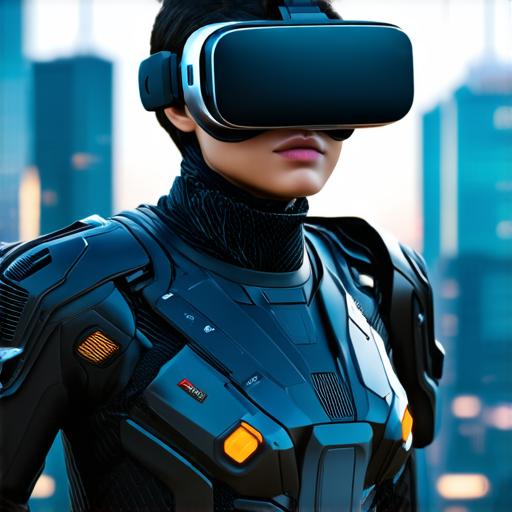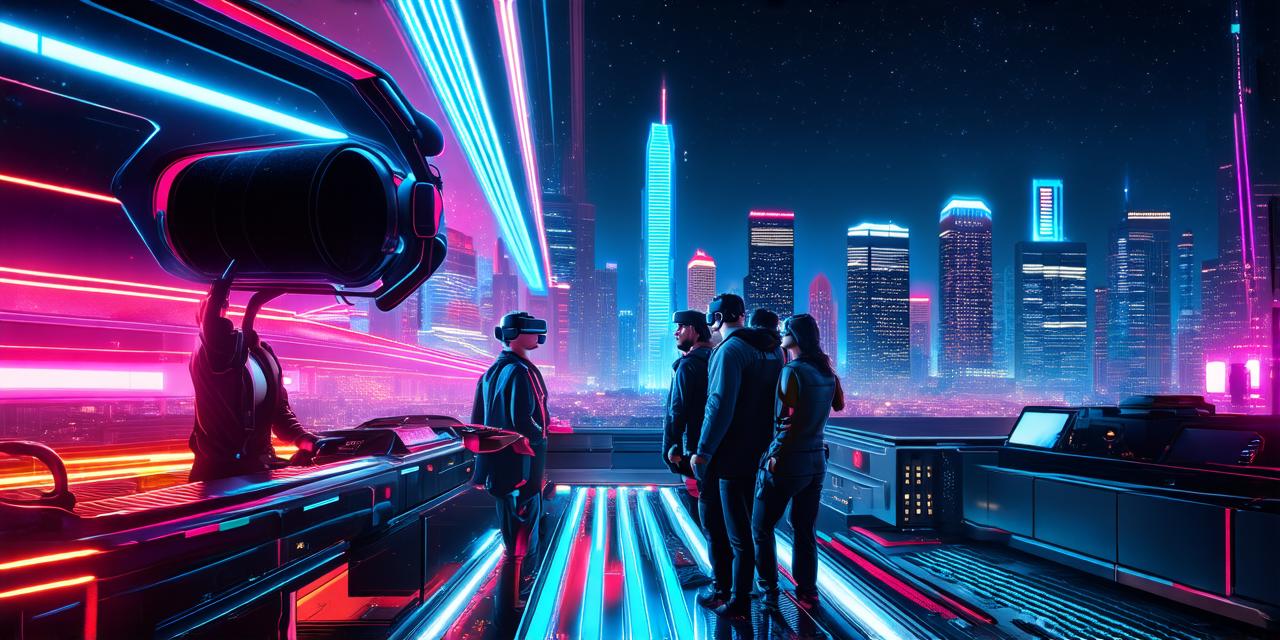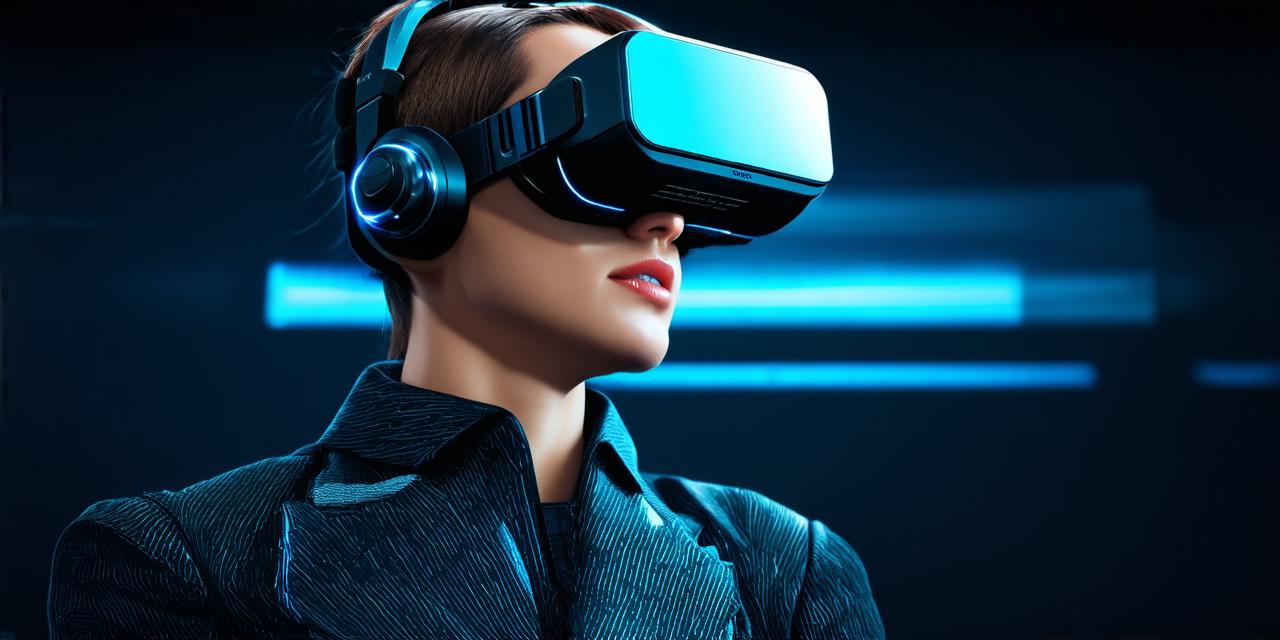Virtual reality (VR) is a rapidly advancing technology that has already transformed the way we experience digital content and interact with each other online. As VR continues to evolve, it’s natural to wonder how much time remains until we achieve full immersion in virtual reality. In this article, we’ll explore some of the latest advancements in VR and what they mean for the future of immersive experiences.
Advancements in Technology
There have been significant strides in VR technology over the past few years. For example, headsets like the Oculus Quest 2 are now capable of providing high-resolution displays and tracking technology that allows for more realistic interactions within virtual environments.
Additionally, advancements in haptic technology have made it possible to create more immersive sensory experiences through touch and vibration feedback.
The Future of VR Hardware
As VR technology continues to evolve, we can expect even more impressive hardware advancements in the future. For example, some researchers are exploring the use of eye-tracking technology to allow users to navigate virtual environments using only their eyes.
Others are working on new types of haptic feedback devices that could provide a more realistic sense of touch and movement within VR environments.
Immersive Experiences in Other Industries
The potential applications of VR technology go beyond just entertainment. In fact, many industries are already using VR to create immersive experiences for their customers and employees.
For example, architects and interior designers can use VR to visualize and test new designs before building them in the real world. Similarly, healthcare professionals can use VR to train for complex surgeries or simulate real-world scenarios to prepare for emergencies.
The Future of Virtual Reality
It’s difficult to say exactly how long it will take until we achieve full immersion in virtual reality. However, the pace of technological advancement suggests that we will continue to see improvements in VR hardware and software at a rapid rate.
As these advancements continue, we can expect to see more immersive experiences in a wide range of industries and applications.
Summary

In conclusion, while it’s difficult to say exactly how much time remains until we achieve full immersion in virtual reality, the pace of technological advancement suggests that we will continue to see significant improvements in VR hardware and software in the years to come. As these advancements continue, we can expect to see more immersive experiences in a wide range of industries and applications.



